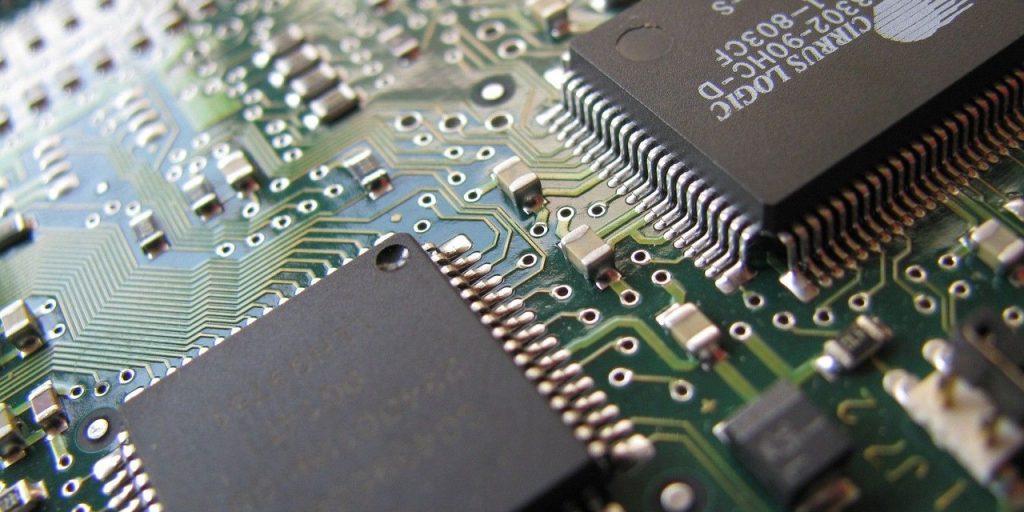$52B semiconductor investment intended to rejuvenate American manufacturing
Three decades ago, American manufacturing dominated the semiconductor industry, producing about 40 percent of the global supply annually. But over time, companies shipped business overseas looking to cut costs, and today, the nation produces only 10 percent of all semiconductors.
It’s something the Biden Administration is trying to change through CHIPS and Science Act.
“There are as many as 3,000 semiconductors per vehicle made today. Three thousand per vehicle,” President Joe Biden said in remarks at the White House this week after signing the legislation. “America invented semiconductors. They powered NASA’s mission to the Moon. Federal research and development brought down the cost of making them and build a market and an entire industry.”
The legislation sets aside $52.7 billion for American semiconductor research, development, manufacturing and workforce development. Of this, $39 billion will go toward manufacturing incentives (including $2 billion for vehicle chips) and $500 million for security and the semiconductor supply chain.
The investment has already had its intended effect, encouraging a total investment of $150 billion into American-made semiconductors. Included in that is an expected $20 billion investment from Intel to create two semiconductor plants in Ohio, and $40 billion from Micron for memory chip manufacturing, critical for computers and electronic devices, creating “up to 40,000 new jobs in construction and manufacturing,” according to a White House explainer. “This investment alone will bring the U.S. market share of memory chip production from less than 2 percent to up to 10 percent over the next decade.”
It’s also been met with positive feedback from public officials and trade organizations representing American cities and counties.
“These increases in research and in high-tech workforces are critical to the economic strength of cities across the country. Mayors have been urging lawmakers in Washington to protect our country’s leadership in technology, which is also fundamental to American national security,” said Miami Mayor Francis Suarez, president of the U.S. Conference of Mayors, in a statement. “We thank members of Congress who got this done and put America’s interests before party or politics.”
Beyond the short-term investment, officials are hoping it will spur the industry at large into future expansion. A little more than $13 billion will go toward research and development, workforce development.
“New investments in STEM education and employment will expand the bounds of who gets to benefit from American innovation and jobs,” said Dr. Alondra Nelson, acting director of the White House Office of Science and Technology Policy, in a statement.
Supporting the initiative, the White House launched an interagency working group to expedite permitting challenges, along with recommendations from the President’s Council of Advisors on Science and Technology. The council also recommended creating of a national microelectronics training network for workforce development in the sector, “including minority-serving institutions and community colleges; fostering innovation by reducing the barriers of entry to startups; (and) the development of a ‘chiplet platform’ to enable startups and researchers to more rapidly innovate at lower cost,” the explainer says.




















